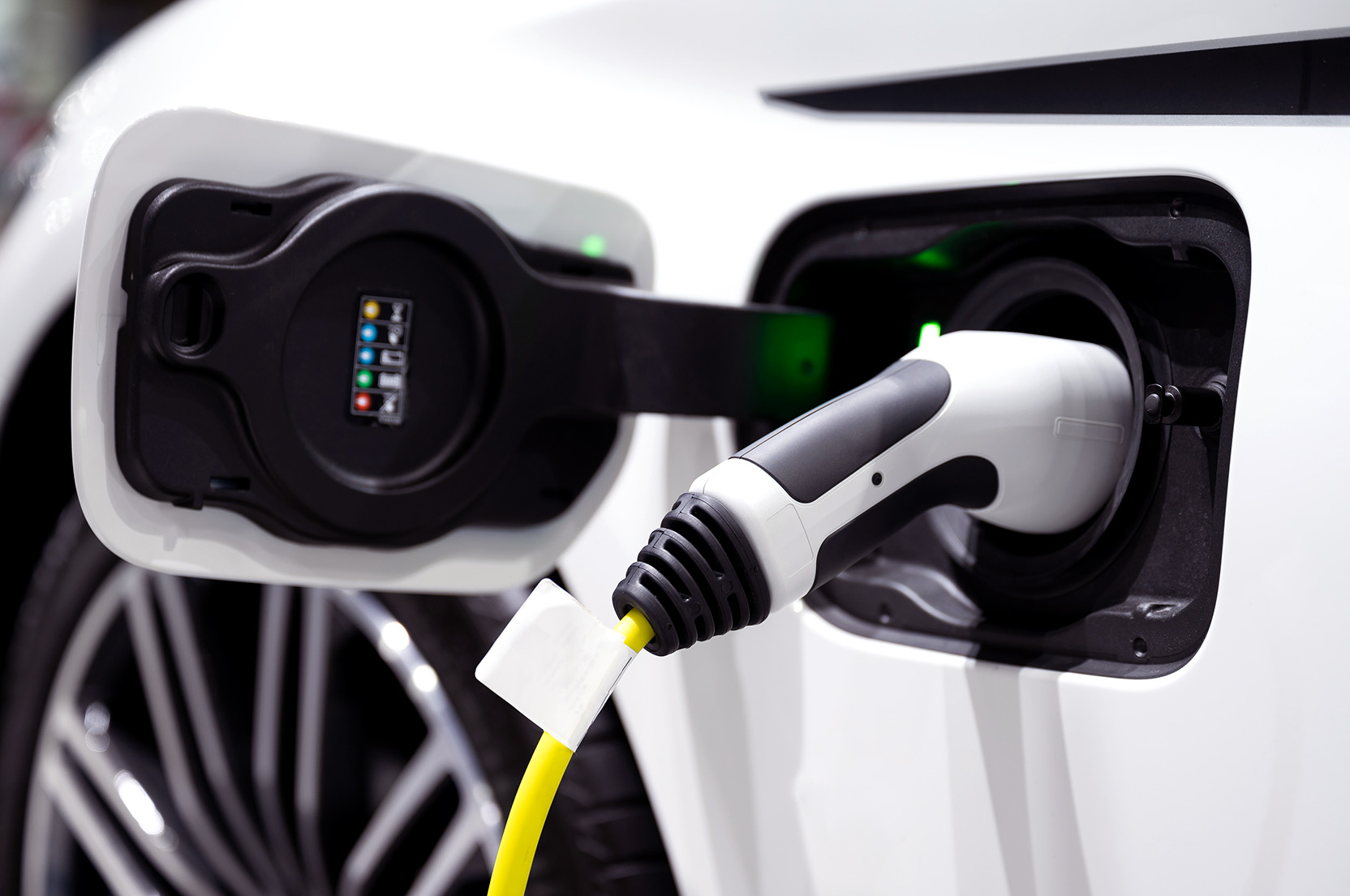The facts about electric vehicle fires

Electric vehicles may well be the future as green technologies progress, but they don’t come without a safety warning. With more e-vehicles, e-scooters and e-bikes on the road, the increasing use of lithium-ion batteries is increasing the risk of vehicle fire and it’s just as well to be aware of the facts - and the risks - if you’re using an electric model.
1m EV’s on UK roads
Petrol and diesel cars will cease to be produced after 2035 as the move to get drivers into cleaner vehicles gathers momentum. There are now more than 1 million electric vehicles (EVs) on UK roads, supported by a growing number of public charging stations, and many people are choosing to install private charge points. As electric vehicles are very much here to stay and many people enjoy driving them, how likely is it that your lithium-ion battery will catch fire and if it does, what happens?
Likelihood of battery fire
The good news is that electric vehicle fires are relatively rare, but as an increasing number of people start to use EVs, more are expected. It’s impossible to say how many have occurred to date, as the majority of fire services don’t distinguish EV fires from other types of vehicle fires.
In 2022/23, fire services across England recorded more than 19,000 vehicle fires, of which 11,252 started accidentally. There were likely around 100 electric vehicle fires in 2022/23, as the word ‘electric’ can be found in vehicle fire records. The Home Office is apparently reviewing the incident reporting system and considering the collection of data on fires involving lithium-ion batteries.
What happens in an EV fire?
An EV fire poses a challenge, unlike a conventionally fuelled vehicle fire. For a start, lithium-ion batteries are often hard to reach and EV fires can create directional jet flames and vapour cloud explosions. They also produce toxic chemicals in the air and water run-off, where fire crews have used hoses to fight the fire.
Dealing with a petrol or diesel car fire normally takes around 30 minutes, whereas an EV fire takes around 4 to 5 hours or longer where water has been used, and fire crews usually prefer to let them burn themselves out. As electric cars can reignite up to 2 or 3 weeks after the initial fire, they must be kept away from other vehicles, even when the fire appears to have been put out.
There’s also a problem with recovery. Not all recovery companies will transport the damaged e-vehicles, either because they don’t wish to handle a burnt EV or they don’t have the necessary recovery vehicle. EVs cannot be towed because the back wheels generate power when they turn, which means they require a specialist recovery vehicle.
Future risks of EVs
In the summer of 2023, the Office for Zero Emissions produced a paper providing guidance on dealing with EV fires in confined spaces, such as car parks, stating that while fires are currently less likely to occur in electric vehicles than hybrid, petrol or diesel vehicles, the fire risk could increase as vehicles age and EV’s gradually become affordable to a wider audience.
It recommends that spacing between EVs be increased in public car parks to reduce the risk of EV fires spreading, which is likely to cause a spacing issue in the future, as ownership of EVs increases.
Terry Maher, station manager of Essex Fire and Rescue Service, which has started recording lithium-ion battery fires by type, says: “Tackling these intense fires is a complex and difficult operation for firefighters. Each of these incidents requires significant time and resources. We need research into battery storage and fires, and specialised training and equipment to tackle them. The manufacturing of batteries and storage must be properly regulated to keep our communities and firefighters safe.”
Tips to minimise fire risk
The following tips could help to reduce the risk of fire to your EV, as far as is practicable:
- Ensure your home charger is installed by a qualified professional
- Never use a damaged charge cable or charge point
- Don’t charge your vehicle to 100% unless you need its full range - for day-to-day use, charge it to 80%
- Don’t charge your car straight after a long journey, as the battery will be hot and charging will further increase its temperature
- Never use a charging point that isn’t compatible with your make of car and always follow the manufacturer’s instructions
- If charging at home from a 13A mains socket, make sure the wiring has been checked by an electrician, as old wiring may not be able to cope with the demand of charging your vehicle overnight and risk fire at your property
- Have your car regularly serviced by an EV specialist or car manufacturer’s dealership
- Charge on your drive rather than your garage – if using the garage for charging, make sure there is a smoke detectorCheck your charger manufacturer and your vehicle manufacturer for any product recalls or safety notes quarterly
- Check your charger manufacturer and your vehicle manufacturer for any product recalls or safety notes quarterly
- Even the smallest dent to a battery pack can cause it to catch fire – if you have an accident, even a small bump, have your EV’s battery checked out by a specialist
- If your vehicle does catch fire, get to a point of safety and dial 999.
Talk to TMD
To discuss your car insurance and ensure you have the correct level of cover in place, please talk to TMD’s automotive team. Our business is your protection. Call us on 01992 703 000 or email us at insurance@mcdonaghs.co.uk

